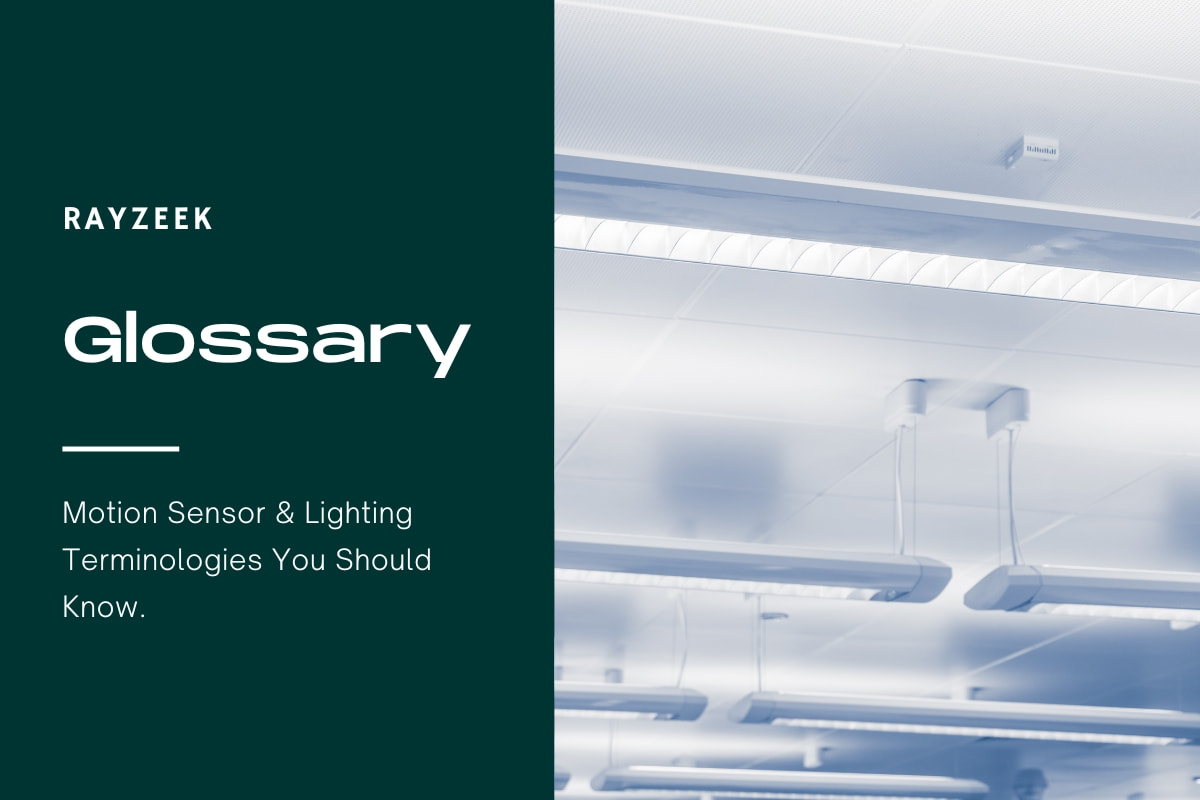What is LM-79
LM-79 is a testing method and data used in the lighting industry to evaluate the performance of LED luminaires. It is an approved method established by the Illuminating Engineering Society of North America (IESNA) for the Electrical and Photometric Measurements of Solid-State Lighting. The purpose of LM-79 testing is to provide objective and standardized measurements that allow for product comparisons and evaluation relative to performance requirements.
The LM-79 testing process involves measuring various electrical characteristics, lumen output, spatial distribution of light, and color attributes of the LED luminaires. The electrical characteristics include input voltage, input current, input power, and power factor. These measurements help assess the energy efficiency and power quality of the LED lighting products.
Looking For Motion-Activated Energy-Saving Solutions?
Contact us for complete PIR motion sensors, motion-activated energy-saving products, motion sensor switches, and Occupancy/Vacancy commercial solutions.
- Lumen output, also known as luminous flux, is a crucial measurement in LM-79 testing. It quantifies the total light output of a luminaire and is expressed in lumens (lm). This metric is essential for comparing the performance of different LED luminaires.
- Spatial distribution of light is another aspect evaluated in LM-79 testing. It assesses how the light is distributed in space, including the intensity and directionality of the emitted light. This information is valuable for determining the suitability of the LED luminaires for specific applications.
- Color attributes, such as correlated color temperature (CCT) and color rendering index (CRI), are also measured in LM-79 testing. CCT indicates the color appearance of the light, while CRI measures the light’s ability to accurately render colors. These measurements help assess the quality and visual performance of the LED luminaires.
LM-79 reports provide comprehensive information about the tested LED luminaires, including the identification of the test laboratory, accreditation for the specific tests performed, description of test equipment, and product photographs. These reports are essential for manufacturers, specifiers, and end-users to make informed decisions about the performance and quality of LED lighting products.
Get Inspired by Rayzeek Motion Sensor Portfolios.
Doesn't find what you want? Don't worry. There are always alternate ways to solve your problems. Maybe one of our portfolios can help.









